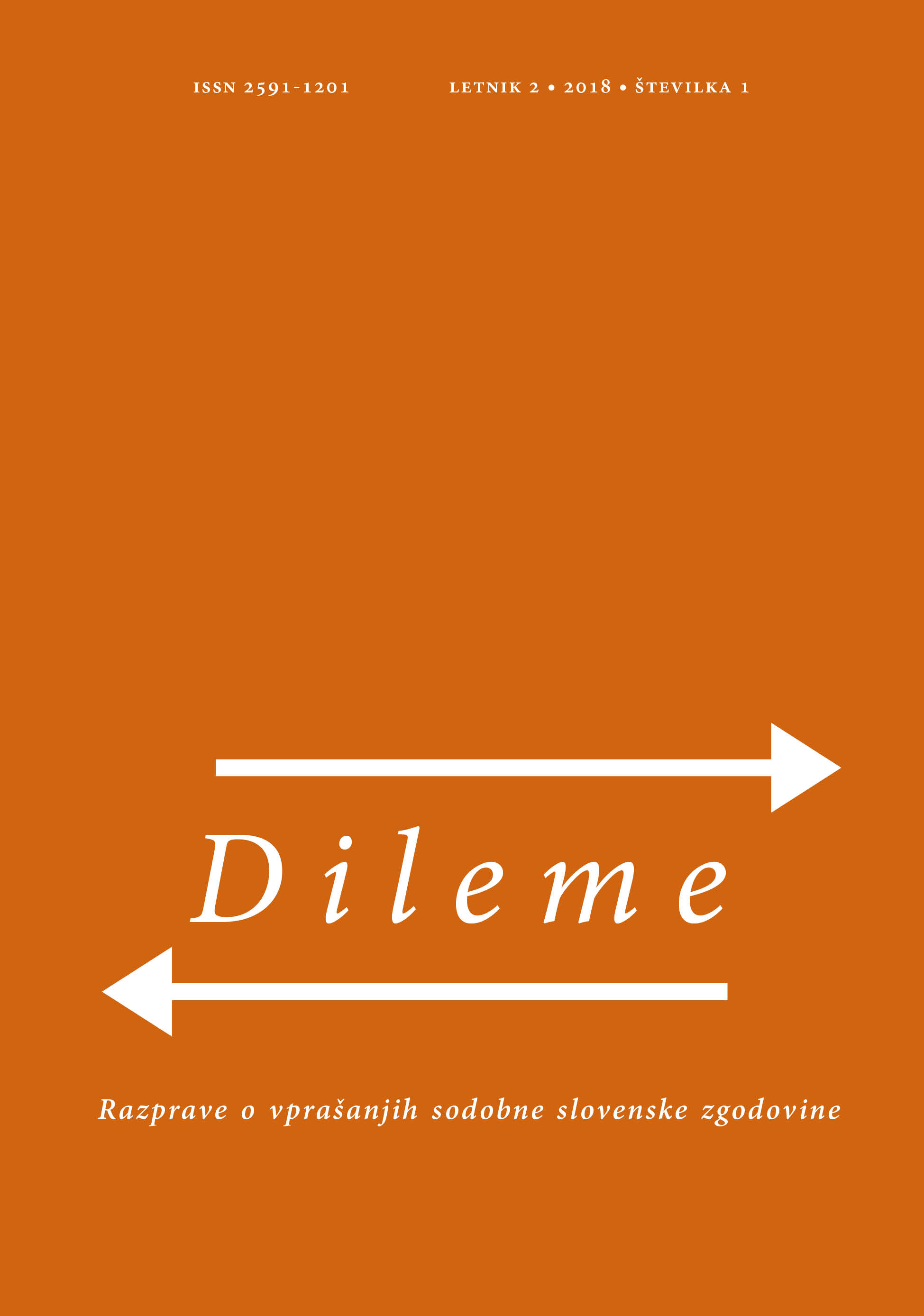Uveljavitev monološke strukture v slovenskem zgodovinopisju
The Establishment of the Monological Structure in Slovenian Historiography
Author(s): Igor GrdinaSubject(s): Cultural history, History of ideas, History of Communism, Historical revisionism
Published by: Študijski center za narodno spravo
Keywords: monological structure; historiography; Ljudmil Hauptmann; Josip Mal; Milko Kos; Bogo Grafenauer;
Summary/Abstract: In the period after the Second World War, Slovenian historiography became completely dominated by the monological structure for a few decades. Various research paradigms were not in in the same starting position even in principle. Janko Orožen characterised such a state as the “Grafenauer dictatorship”. This notion is based on the fact that medievalist Bogo Grafenauer was the most influential person in the Slovenian historiographical circle after the Second World War. His dominance, which was evident in his position as an editor of the Historical Review—the editorial board initially did not include even the most prominent medievalist of that time, Milko Kos—, was influenced by external and internal factors. The main external factor was the radical monologism of communist authorities. Grafenauer recognised Marxists as having a leading role in researching history from the mid-18th century on. Furthermore, he often referenced Marxist terminology (class struggle, military democracy) despite not being a Marxist initially. The internal factors for the dominance of the monological structure include its tradition; attempts at establishing tradition in Slovenian historiography are attributed to Ljudmil Hauptmann who tried to do so after the First World War.
Journal: Dileme: razprave o vprašanjih sodobne slovenske zgodovine
- Issue Year: 2/2018
- Issue No: 1
- Page Range: 17-65
- Page Count: 49
- Language: Slovenian

